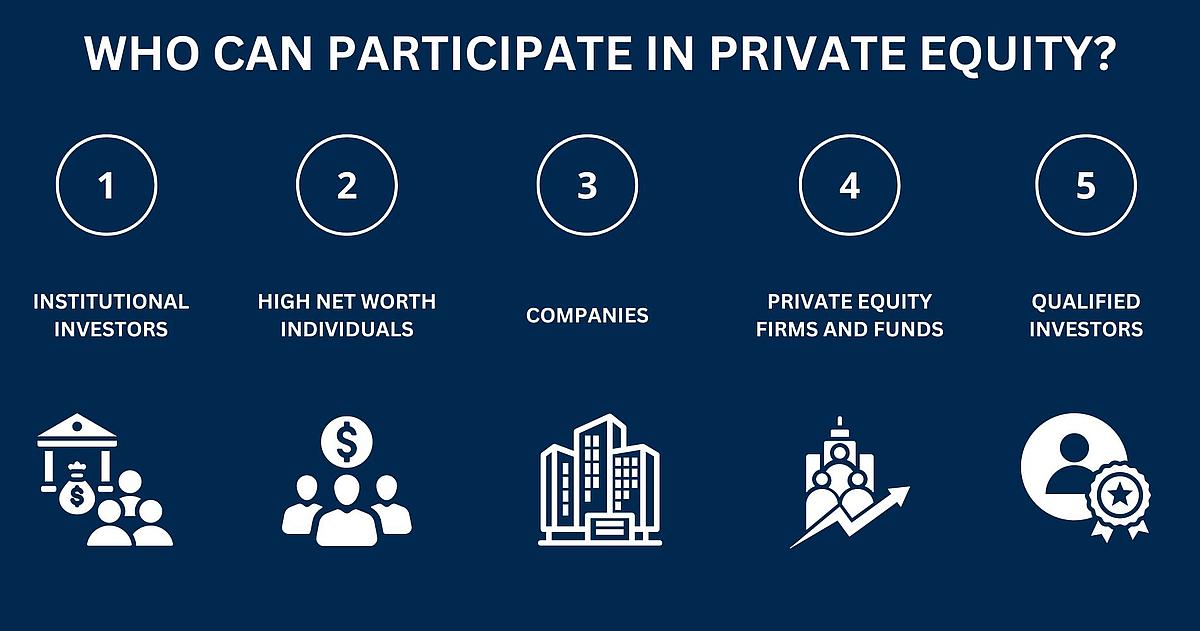|
Target companies
|
Unlisted, established companies
|
Start-ups and young companies
|
Public, listed companies
|
Companies and governments
|
Companies and private individuals
|
|
Investment phase
|
Later stages, expansion, restructuring
|
Early stages, growth
|
All phases
|
Later stages, expansion, financing
|
All phases
|
|
Investment volume
|
Very high, often millions to billions
|
High, but lower than PE
|
Variable, depending on market price
|
Variable, depending on bond
|
Variable, depending on loan terms
|
|
Source of capital
|
Institutional investors, wealthy individuals
|
Institutional investors, business angels
|
Public markets, retail investors
|
Institutional and retail investors
|
Banks and financial institutions
|
|
Liquidity
|
Low, long-term commitment
|
Low, medium-term commitment
|
High, daily trading
|
Medium, depending on bond terms
|
Medium to high, depending on loan terms
|
|
Expected return
|
High, due to higher risk
|
Very high, due to very high risk
|
Variable, often moderate to high
|
Low to medium, depending on credit rating
|
Medium, depending on interest rate
|
|
Risk profile
|
High, active management
|
Very high, early development phase
|
Medium to high, market-dependent
|
Low to medium, depending on issuer
|
Medium, depending on credit rating
|
|
Management involvement
|
Active, strategic influence
|
Active, supportive
|
Passive, voting rights at annual general meetings
|
Passive, no influence
|
Passive, no influence
|
|
Degree of regulation
|
Low to medium, private transactions
|
Low, private transactions
|
High, strict stock exchange regulation
|
Medium to high, dependent on the market
|
Medium to high, dependent on laws
|
|
Exit strategies
|
IPO, sale to strategic buyers
|
IPO, sale to strategic buyers
|
Sale on the stock market
|
Sale on the bond market or at maturity
|
Repayment at maturity
|
|
Example
|
Purchase of an established company
|
Financing of a technology start-up
|
Purchase of shares in a DAX company
|
Purchase of government bonds Raising a corporate loan
|
|



























